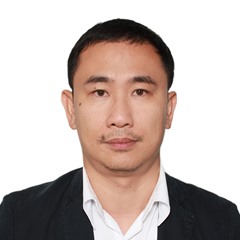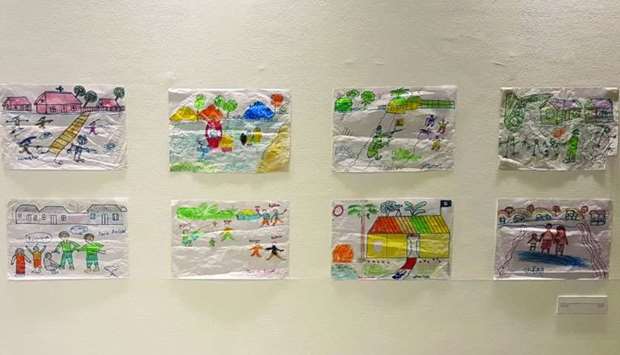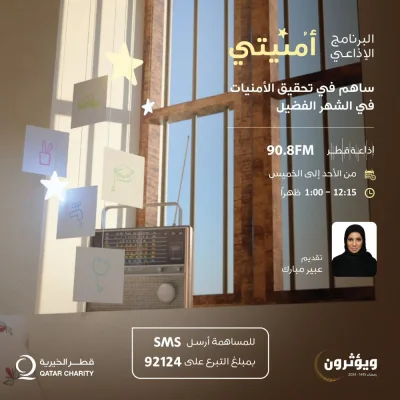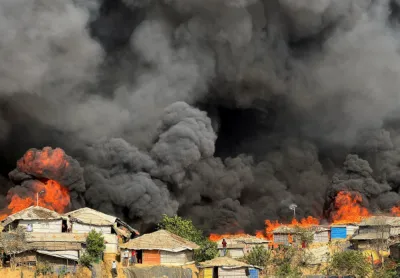Art as a therapy is a valuable tool in addressing mental health issues among children, particularly those in Rohingya refugee camps in Cox’s Bazar, Bangladesh, World Innovation Summit for Health (WISH) CEO Sultana Afdhal said.
“As a therapeutic tool, art is very valuable especially when you look at the children’s drawings, this is what is in their heads and sometimes they cannot articulate that but they can draw it,” she told reporters on the sidelines of the recently held ‘Artistic Dimensions to a Healthier World’ exhibition at the Doha Fire Station.
Besides showcasing the works of award-winning British photographer Giles Dule, the exhibition also displayed several artworks produced by refugee Rohingya children as part of a project by UK-based humanitarian charity, Save the Children.
The art collection, titled ‘Inspiring Hope Through Art – The Stories of Rohingya Children’, tells the stories of young children who fled to Bangladesh after being persecuted in Myanmar.
According to Save the Children, more than 6,000 children are living in makeshift tents unaccompanied and separated from their families.
All the refugees who reached Bangladesh survived traumatic and harsh conditions to reach the place.
Afdhal noted that teams from the humanitarian charity have been working hard to use art as a platform in helping Rohingya children in these camps deal with their trauma.
Highlighting one of the artworks at the exhibition, Afdhal said “it is a child drawing their journeys through the river to Bangladesh, so it is a story of hope.”
“As a message to children, art therapy is a very valuable tool and this is something that we at WISH very much support because mental health is always a pillar that we try to address in our summits and in general,” she stressed.
In November 2018, Afdhal said WISH published a report on healthcare in conflict settings, which underscored the importance of giving a voice to people who are forced to suffer health challenges in war zones.
In a statement, Save the Children said that a programme dubbed as ‘Creative Methodologies for Mental Health and Psychological Support with Children in Emergency Settings’, which encourages the use of art as a form of response, “may help these children overcome the traumas they are experiencing daily during their ongoing ordeal.”
Save the Children’s mental health and psychosocial support technical advisor Aladin Borja told Gulf Times that they provide Rohingya children with “a lot of opportunities to come together in order for them to have, build that sense of normalcy.”
“After an emergency and displacement, usually the social fabric is broken, it is disrupted,” he noted, underlining the importance of affording them a safe, child-friendly, and adolescent-friendly spaces to be together.
He said these temporary learning centres also provide children with spaces to learn basic literacy, gather together and “regain their identity as Rohingya people, their worth as human beings and also to try to start supporting each other.”




